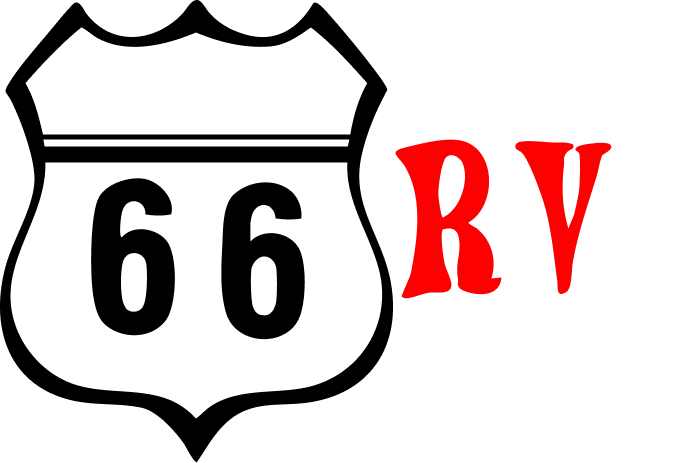Is it a converter or an inverter? In the RV industry, RV owners and new RV professionals are often confused by the terminology. So, let me help you out.
RV’s have two electrical systems working together, but separately. First, there is a 12-volt DC electrical system. This system is powered by the battery or battery bank and typically controls lights, ventilation fans, slide-out rooms, leveling systems, and the circuit boards for appliances. Some of these appliances also require 120 volts AC, which is a separate topic to be addressed at another time.
Next, there is the 120 volt AC electrical system. This system operates from the power at the campground’s plug in or from a generator. This system powers the outlets, the electric side of refrigerators and water heaters, air conditioners, and the converter. Keep in mind that many of these appliances also require 12 volts DC to operate their circuit boards.
A converter is a device that transforms 120-volt AC power into 12-volt DC power. Its main purpose is to charge the onboard battery or battery bank. Modern converters are significantly more advanced than their predecessors, with the capability to detect the power required to charge the battery and meet the system's demands. Many of these converters can either be manually adjusted or automatically adapt to work with Lithium batteries.
An inverter functions as the reverse of a converter. It transforms battery power (DC) into 120 volts AC. Inverters are commonly utilized to power specific outlets, residential refrigerators, microwaves, entertainment systems, or other low-wattage appliances. This enables these devices to operate during transit without the need for a generator or when dry camping without electrical hookups.
Not to be too confusing, but there is a third electrical component that is often used in luxury motorhomes and various applications. That is the Inverter / Charger. This device inverts battery power to run 120 volt appliances from the battery. Additionally, when the RV is plugged in or running on the generator, it then charges the battery from the same device.
We can get in the weeds on applications and configurations. We may do that in future posts. For now, my goal is to help you know the basic differences so you will not only sound knowledgeable when you ask about your electrical system. You will also save confusion when you talk to a service advisor or call a parts store.
